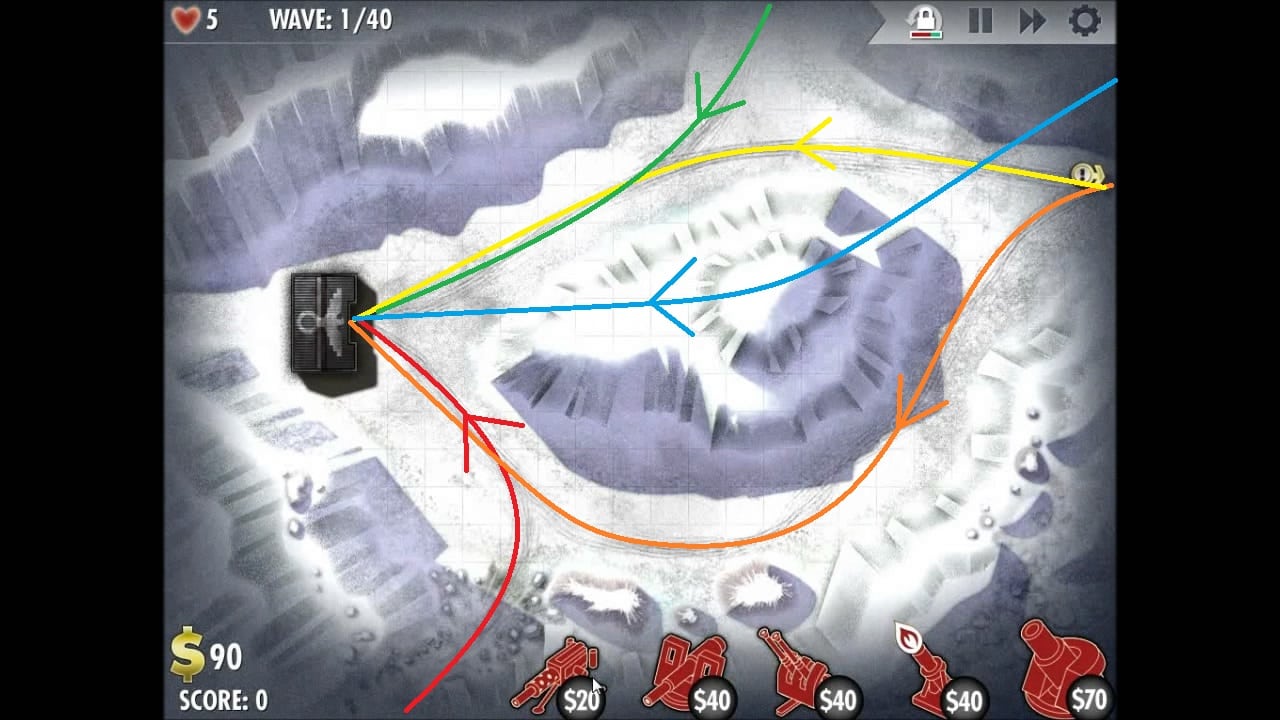

The command drew its personnel and equipment from I Bomber Command, which was simultaneously inactivated. The activation of the single Army Air Forces Antisubmarine Command at New York City to control all Army Air Forces units conducting antisubmarine warfare reflected the Army's desire for a single mobile force.

ĭisagreements between the Army and the Navy over command relationships delayed activation of the command until October 1942. Later in the month, the War Department requested General Arnold to reorganize I Bomber Command to fulfill the requirements of ASW air operations, either in support of, or in lieu of, naval forces to protect Allied shipping. The command situation had only worsened, with two air forces, two navy sea frontiers, and two army defense commands, with differing areas of responsibility, all involved in aerial ASW with ad hoc command relations and separate administrative and operational command arrangements. In response, the AAF established the Gulf Task Force, with elements of Third Air Force augmenting I Bomber Command, at Miami, Florida to augment the Gulf Sea Frontier. In May 1942, General Arnold, Commanding General of the AAF, proposed to Admiral King, the Chief of Naval Operations, that the AAF establish a "coastal command", similar to RAF Coastal Command, operating "when necessary, under the proper Naval authority." That same month saw both a new high in sinkings by U-boats and a shift in their attacks from the Atlantic coast to the Caribbean Sea. It soon became apparent that if the AAF were to continue with the ASW mission, its units would have to be organized under a specially trained and equipped command. However, although I Bomber Command was primarily involved in conducting ASW, it was doing so on an emergency basis, and was subject to withdrawal from these duties to perform its primary bombardment function.

The first patrols were performed by elements of I Bomber Command, which would be the primary AAF command involved in antisubmarine warfare (ASW) in early 1942, with assistance from I Air Support Command. As a result, the Commander of the North Atlantic Naval Coastal Frontier requested the Army's Eastern Defense Command to undertake offshore patrols with all available aircraft. By March 1942 fifty-three ships had been sunk in the North Atlantic Naval Coastal Frontier. German Navy submarines began operating in American coastal waters. Because naval aviation that could perform long range patrols was nearly non-existent along the Atlantic coast in early 1942, the burden for aerial antisubmarine patrols fell on the AAF, which had available aircraft, but whose crews had not been trained for the mission. Defense plans drawn up before the war began assigned the Navy responsibility for operations beyond the coastline, with Army aircraft serving in a supporting role.

Within a day after the declaration of war by the United States the Army Air Forces (AAF) began patrols of both the East and West coasts. History Initial Army Air Forces involvement in antisubmarine warfare 1.2 AAF Antisubmarine Command organizes.1.1 Initial Army Air Forces involvement in antisubmarine warfare.


 0 kommentar(er)
0 kommentar(er)
